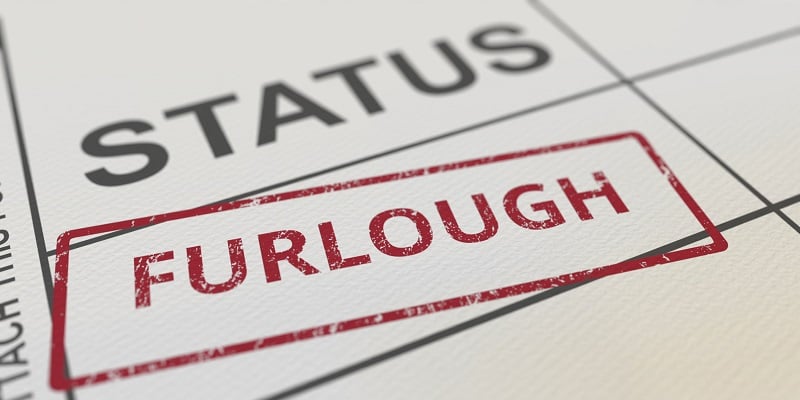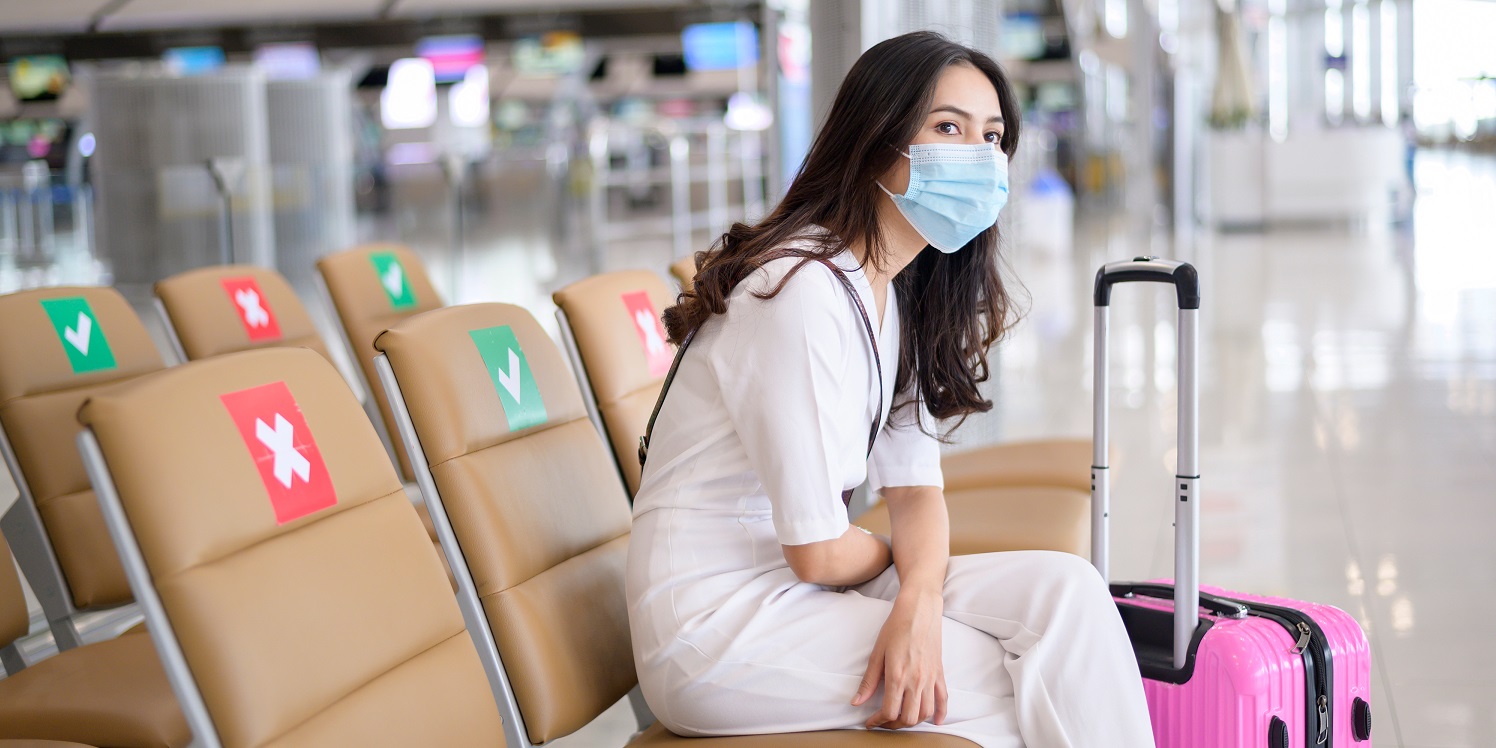How will the pandemic continue to affect employee holidays? Paul Chamberlain, who is head of JMW’s Employment team, outlines the issues employers should be considering when it comes to staff taking annual leave and travelling during the pandemic.
It is almost universally agreed that we have all missed one thing in particular during the coronavirus (COVID-19) pandemic – holidays and travelling! The changing travel advice in recent weeks, including Portugal being removed from the UK’s green list, has led to many employers receiving an increase in queries from employees and workers regarding annual leave entitlements.
Here I have set out some of the most common areas that employers are dealing with at present regarding annual leave:
Changing travel guidelines and quarantining

From 17 May 2021, the UK introduced three levels of quarantine obligations depending on the country that a person has visited, as follows:
Red list
Employees and workers who have been in or passed through a country designated to the red list must stay in a quarantine hotel for 10 days following their arrival in the UK. They must take a COVID-19 test on days 2 and 8.
Amber list
Employees and workers who have been in or passed through a country designated to the amber list must quarantine for 10 days at home or their nominated residence when they arrive in the UK. COVID-19 tests must be taken on days 2 and 8. An employee or worker may only need to quarantine for 5 days if they are participating in the Government’s Test to Release scheme.
Green list
Employees and workers who have been in or passed through a country designated to the green list do not need to quarantine unless they receive a positive COVID-19 test. The employee or worker must take the test on the day of their arrival or by the second day after they have arrived in the UK.
Quarantining issues for employees
The current travel guidelines are unpredictable by their very nature as they change dependent on the situation in this country and other countries. By way of example, Portugal was on the green list for a matter of weeks before being reassigned to the amber list.
This was disappointing news for employees and workers who had booked holidays to this destination while it was on the green list. The news also raised questions of their quarantine obligations upon returning from their holiday, should they choose not to reschedule.
In light of the quarantine rules, an employer may request that its employees and workers take a period of annual leave or unpaid leave to cover any necessary period of quarantine. An employer may also permit the individual to work from home during this period, depending on the nature of their role.
Holidays and carry over

One concern for employers is that their workforce may be unwilling to book annual leave due to the lack of opportunities to travel abroad, or due to increased demands from work commitments. This may lead to employees and workers having a large proportion of their annual leave entitlement outstanding at the end of the leave year.
With effect from 26 March 2020, the Working Time Regulations 1998 were amended to allow employees to carry over four weeks of annual leave if it has not been “reasonably practicable” to take it during the leave year because of the pandemic.
The carrying over of annual leave may be appropriate where an employer’s workforce has faced significant disruptions due to the pandemic and there are limited options to source temporary cover of the work.
Calculate, track and carry over annual leave with our holiday management system
The right to carry forward annual leave is limited to the first four weeks of annual leave derived from EU legislation. It does not extend to the entire statutory entitlement, which is 5.6 weeks in total. If annual leave is carried forward, then it may be taken in the two following leave years.
Furlough and holidays

Employees who are on furlough continue to accrue annual leave during their furlough leave and they can also take periods of annual leave during this period.
The Government guidance confirms that an employer can require an employee to take their annual leave during furlough leave. An exception to this would be where the employer is unable to fund the additional cost of allowing them to do so. This is on the basis that while on furlough leave, employees receive 80% of their wages. However, if they take annual leave, the employee must receive their usual “full time” pay.
The employer will therefore generally need to pay employees an additional 20% to “top-up” their furlough pay to their correct wages during the period of annual leave. The employer will be able to claim the furlough grant for the remaining 80% of the wages for this period.
Enforced holidays

An employer can enforce employees to take a period of annual leave provided that it issues the correct notice. This can help to manage annual leave entitlements to ensure that employees take a proportion of their annual leave throughout the leave year.
In order enforce this, an employer must give the employees and workers a period of notice twice as long as the period of leave it requires them to take. For example, if an employer is requiring employees and workers to take a period of annual leave for 5 days, then it should provide them with at least 10 days’ notice in advance.
When communicating the requirement to take annual leave, we would suggest informing employees and workers of the key benefits of taking annual leave at regular intervals throughout the year. For example, annual leave is important for rest and relaxation away from the demands of work commitments.
By taking a period of annual leave, this can also help employees and workers maintain their health and wellbeing, and may increase their motivation when they return to work.
Learn more: Encouraging staff to take annual leave
Payment in lieu of holidays
It is crucial employers are aware that the usual rules apply around payment in lieu of annual leave (whether this is carried over leave or not). An employer must facilitate employees to take their annual leave and cannot replace this with a financial payment in lieu of the annual leave entitlement, as an alternative. The only occasion when an employer is able to pay an employee’s accrued but outstanding annual leave, is upon the termination of their employment.
Read more from the myhrtoolkit blog
How to answer 8 common employee questions on holiday leave
5 ways to support mental health as staff return to the workplace
Creating a safe working environment as staff return to the workplace
.jpg)
Written by Paul Chamberlain
As head of JMW’s Employment team, Paul has 25 years’ employment law experience - law relating to recruitment, advising and providing training on employment status issues, Agency Workers’ Regulations, GLAA, Working Time Regulations and industry-specific regulatory compliance.


 Holiday Planner
Holiday Planner Absence Management
Absence Management Performance Management
Performance Management Staff Management
Staff Management Document Management
Document Management Reporting
Reporting Health and Safety Management
Health and Safety Management Task Management
Task Management Security Centre
Security Centre Self Service
Self Service Mobile
Mobile



